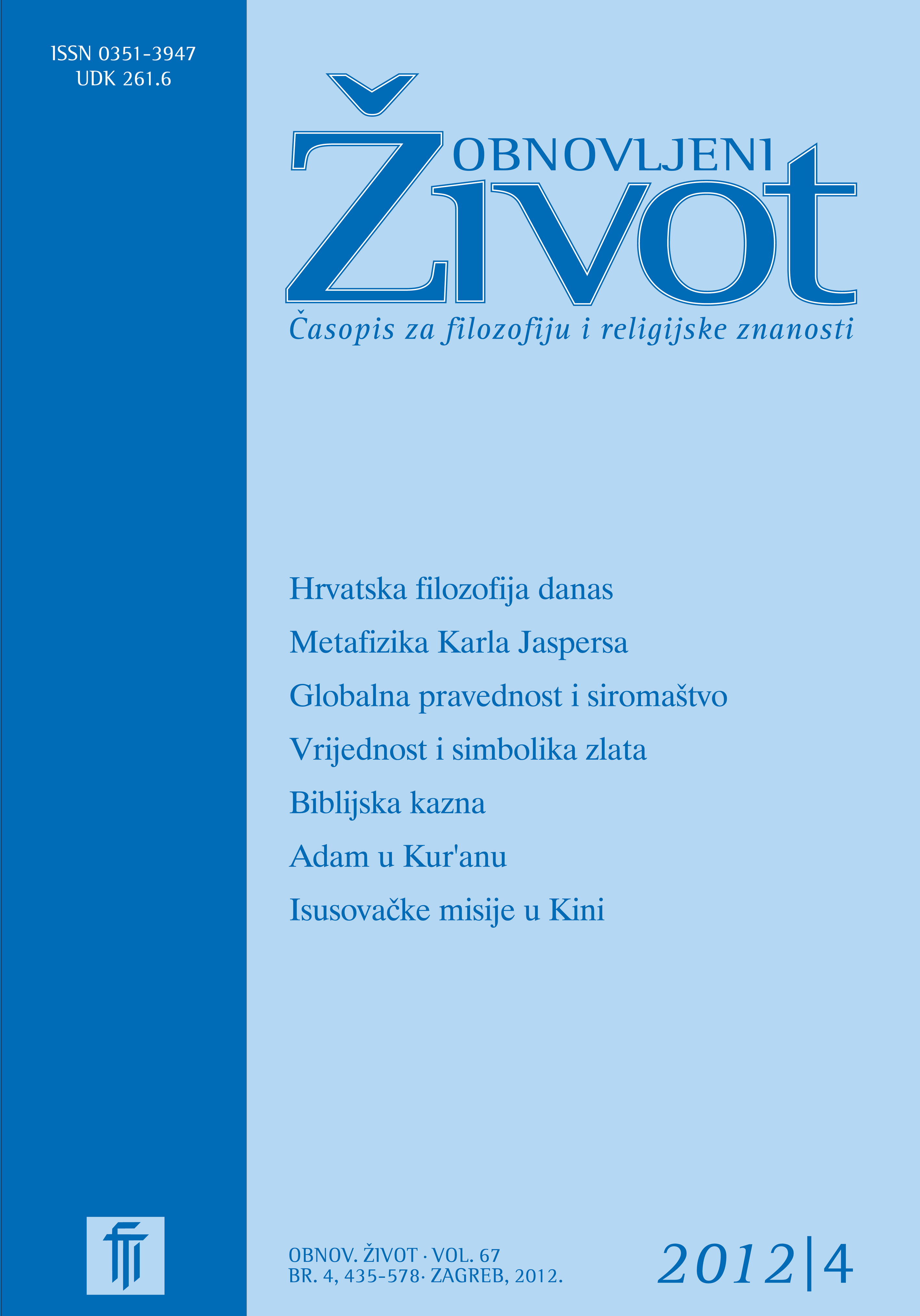Gold — Why is it Valuable?
Keywords:
gold, value, money, public opinion, perception, promotion, market, symbolic meaningAbstract
The paper explores causes determining the value of gold and the very rapid growth of its price today. We distinguish seven major forces: physical and chemical features, industrial application, supply and demand, use of gold as currency or backing for currency, or rather the relationship between the value of currency and gold, the symbolic meaning of gold and public opinion. Furthermore, the paper establishes which of these are more crucial and which are less so. We come to an understanding of the importance lent to the symbolic meaning of gold, that is the perception of gold as a symbol of permanent value. Also important is public opinion, or rather expectations of the public which, in an environment of distrust in financial institutions, seeks permanent values. Since the departure from a gold standard, the value of almost all currencies is constantly declining, while the price of gold increases. As seen through traditional economic models (supply and demand law) the price of gold, considering the larger total quantity of gold in the world (improved exploitation of mines, etc.), should not have gone up. The very rapid growth in the price of gold in the past several years first of all points to a loss of confidence in money, that is a growing distrust in economic and financial institutions. Money (without a gold backing) in a crisis situation ceases to be a symbol of value, and the perception of gold as a symbol of permanent value increases. Taking into account the great importance of the symbolic meaning of gold, that is the subconscious perception of gold as a symbol of value, it is no wonder that 80% of those surveyed are of the opinion that gold is worth even more than its present (highest until now) market price.
Downloads
Published
Issue
Section
License
Jednom prihvaćeni članak obvezuje autora da ga ne smije objaviti drugdje bez dozvole uredništva, a i tada samo uz bilješku da je objavljen prvi put u Obnovljenom životu. Uredništvo će obavijestiti autora o prihvaćanju ili neprihvaćanju članka za objavljivanje.
Članci objavljeni u časopisu se, uz prikladno navođenje izvora, smiju besplatno koristiti u obrazovne i druge nekomercijalne svrhe.


